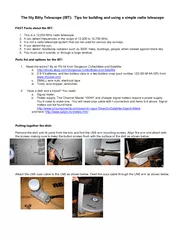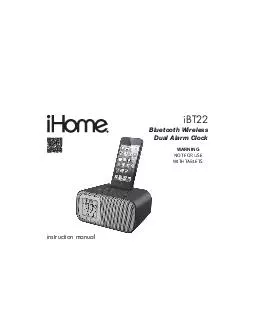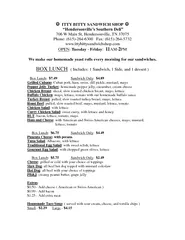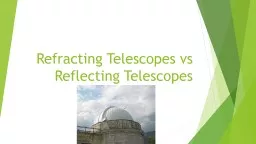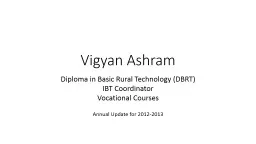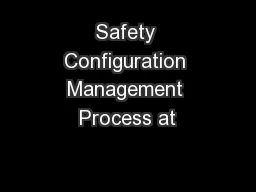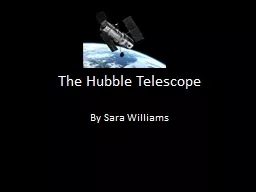PDF-The Itty Bitty Telescope IBT Tips for building and usi
Author : tatyana-admore | Published Date : 2015-05-06
This is a 12000 MHz radio telescope 2 It can detect frequencies in the range of 12200 to 12700 MHz 3 It is not a radio telescope system that can be used for serious
Presentation Embed Code
Download Presentation
Download Presentation The PPT/PDF document "The Itty Bitty Telescope IBT Tips for bu..." is the property of its rightful owner. Permission is granted to download and print the materials on this website for personal, non-commercial use only, and to display it on your personal computer provided you do not modify the materials and that you retain all copyright notices contained in the materials. By downloading content from our website, you accept the terms of this agreement.
The Itty Bitty Telescope IBT Tips for building and usi: Transcript
Download Rules Of Document
"The Itty Bitty Telescope IBT Tips for building and usi"The content belongs to its owner. You may download and print it for personal use, without modification, and keep all copyright notices. By downloading, you agree to these terms.
Related Documents

